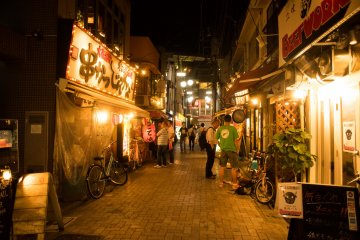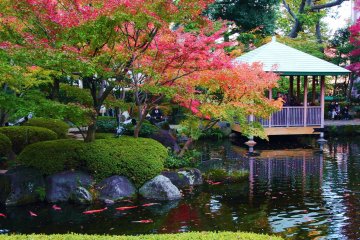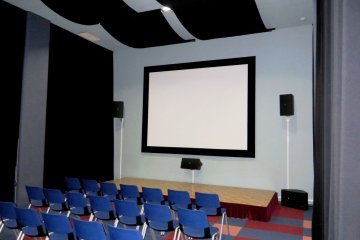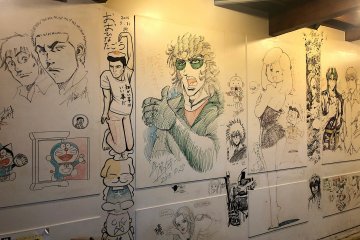Tokyo Polytechnic University Suginami Animation Museum is located at the heart of Japan's anime industry—Tokyo's Ogikubo district. The off-the-beaten-path destination is a must for anime fans already familiar with Tokyo's popular animation hotspots like Akihabara, Ikebukuro, and the Ghibli Museum.
Suginami: The True Home of Anime (Studios)

Suginami Ward is considered the heart of Japanese animation production, being home to over 140 animation studios. Bandai Namco Filmworks Inc. (Gundam, Cowboy Bebop) and Bones Inc. (Fullmetal Alchemist, My Hero Academia) are also located here. Opened in 2005, the Tokyo Polytechnic University Suginami Animation Museum differentiates itself by providing visitors a hands-on experience of making anime.
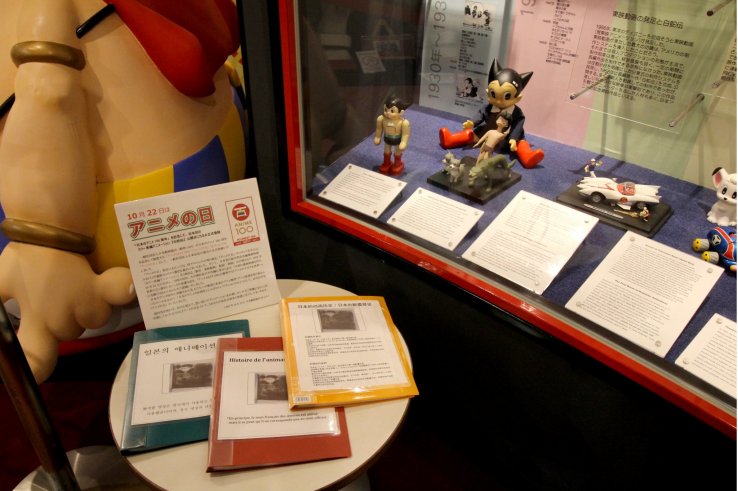
Many museum displays are well captioned in English and Japanese. There is also a free multilingual audio guide provided to visitors, with audio support for English, Mandarin, Korean, and French.
Hands-On at S.A.M.

The “Afureko” or “After-recording” section of the museum gives visitors a glimpse into the lives of famous “seiyuu” or voice actors. Step into a sound booth and practice recording lines from short clips from films like “Astro Boy”. There is also a sound effect option that allows visitors to practice adding the right sound effects to anime clips.

For aspiring animators and mangaka, try your hand at the Parapara DIY animation area. Create your own characters or choose from a selection of traceable stencils, and make your ideas come to life. After you’ve made at least 5 to 6 panels of sketches, use the machine to take snapshots that will turn your creation into a short animation (much like a digital flipbook).

The Workshop Space also has several desktops designed to teach children (or adults) the basics of animation.
Permanent Exhibit: History of Japanese Animation

The wall (or pillar) of fame stands in the middle of the 3rd floor. Don’t overlook this unassuming wall, as it was personally signed by Japan’s best creators. Take your time to look through the different signatures and sketches—you might find your favorite creators'.
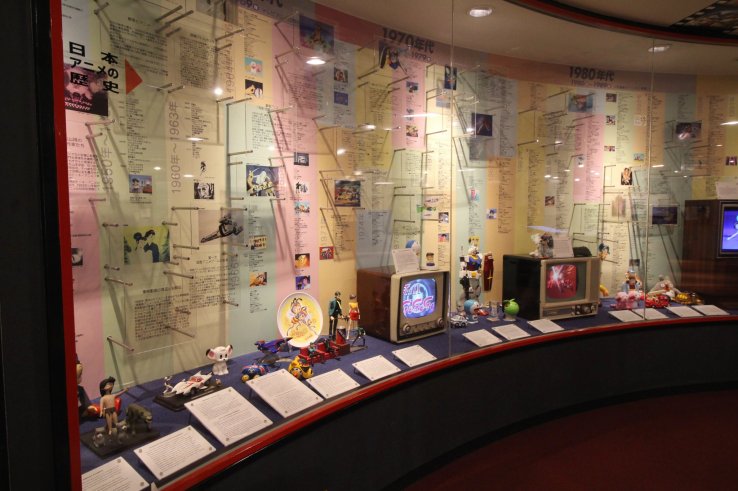
Afterwards, make your way around the permanent exhibits on the same floor to learn more about how anime is made. The first Japanese anime dates back to 1917 and has since inspired the likes of staff of Disney Studios and other animation studios around the world.
Perhaps the few that are most well-known to international audiences are "Astro Boy" and "Evangelion", the latter whose popularity has enabled its movies to be released on several Netflix platforms worldwide. Fans of Evangelion will be delighted to see life-sized statues of popular characters Kaworu Nagisa, Ayanami Rei, and Asuka Langley.

There are also several “real-life” replicas of the desks of famous animation directors; giving you a glimpse into the daily works of these hardworking professionals. The replicas depict the times when animation was done by hand, which has now largely been replaced by more efficient digital methods.
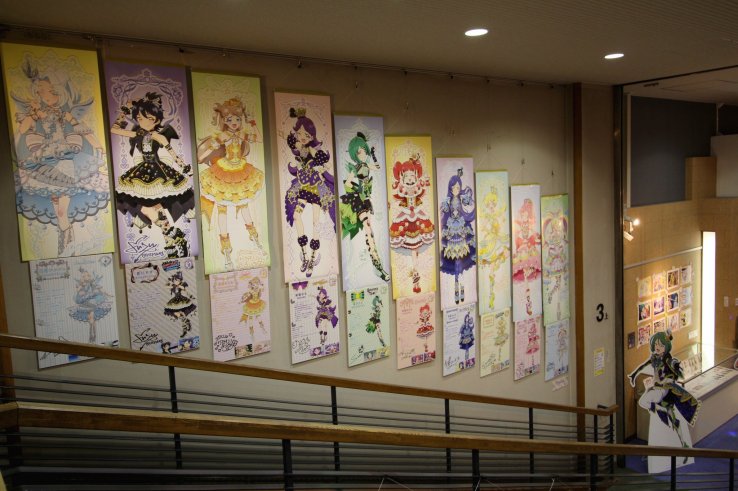
The 4th floor houses temporary exhibitions of specific anime or famous artists/directors, each lasts for about 3-4 months. The special exhibition at the time of interview was “Kiratto Pri Chan”.
Museum Theater & Library

Head upstairs to enjoy exclusive cinema screenings of rare anime films on the museum’s 200-inch theater screen with surround sound. The theater shows animated films from the temporary exhibitions as well as films specially selected by the staff.
The Suginami Animation Museum is also a good place to just relax and watch anime. The museum’s library is a quiet and relaxing space that offers an extensive collection of DVDs and animation books for visitors to enjoy. For those not fluent in Japanese, there are also a sizeable number of English, French, Mandarin, and Korean subtitled DVDs available.
Inazuma Cafe

Feeling hungry after your museum visit? Continue your anime pilgrimage by eating at the Inazuma Cafe, where customers can dine while admiring walls full of famous mangaka artwork.

Strangely enough, the cafe staff mentioned that there was no specific strategy to get all these autographs. The first autographed drawing left in the cafe was by Shinji Hiramatsu, author of Black Angels (1981–1985).
Don’t forget to head up to the 2nd floor, where you can borrow some manga off the shelves to read while enjoying your beverage. Located on a quiet street near Ogikubo Station, the Inazuma Cafe is a great place for anime fans to spend a relaxing afternoon.
Copyright Credit: 『機動戦士ガンダム』©創通・サンライズ / 『妖怪人間ベム』©ADK /『イノセンス』©2004士郎正宗 / 講談社・IG,ITNDDTD /『スチームボーイ』©2004大友克洋・マッシュルーム / STEAMBOY製作委員会 /『クレヨンしんちゃん』©臼井儀人 / 双葉社・シンエイ・テレビ朝日・ADK /【レリーフ下段(左→右)/『鋼の錬金術師』©荒川弘 / スクウェアエニックス・毎日放送・アニプレックス・ボンズ・電通2003 /『おジャ魔女どれみ』©東映アニメーション /『巨人の星』©梶原一騎・川崎のぼる / 講談社・TMS /『天才バカボン』©赤塚不二夫 / ぴえろ /『青の6号』©1998小澤さとる / バンダイビジュアル・EMI Music Japan



